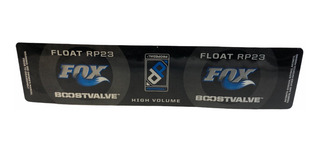


This week on the Tuesday Tune, we're looking at what some of those differences are, where the twin tube concept came from and how the different layouts tend to behave as they currently exist. The compression and rebound tune indicators on the air can show the. Twin-tube dampers are often visually similar to the single-tube dampers (CCDB Inlines being a notable exception) in terms of layout, but there are some differences. The above shock came off a Giant Anthem X3 2010 model. Single-tube types with a base valve (a second compression circuit usually mounted in the reservoir bridge, and which is usually the external compression adjustment) are a common configuration for mountain bike shocks. The major defining difference between inline/monotube shocks and the single-tube type, as we're discussing them here, is that monotube shocks only have a single damper piston, and the IFP charge is the only thing providing pressure to force oil through the piston in compression. Twin-tube (again with separate or piggyback reservoir), eg Cane Creek Double Barrel series (including the Inline), Ohlins TTX, Fox DHX2 and Float X2. Single-tube (with separate or piggyback reservoir), eg DVO Jade, Fox RC4, BOS Stoy, Ohlins STX 3. Inline/Monotube, eg Fox's Float RP23/CTD/DPS series, Rockshox's Monarch RT3 or X-Fusion O2 2. the 2013 34 talas and fox float CTD rear shock, Im happy with the rear shock but. Pretty well all the shocks currently on the market in the mountain bike world are one of three basic forms: 1. FOXs 2014 32, 34, and 36 fork platforms may appear unchanged at first.


 0 kommentar(er)
0 kommentar(er)
